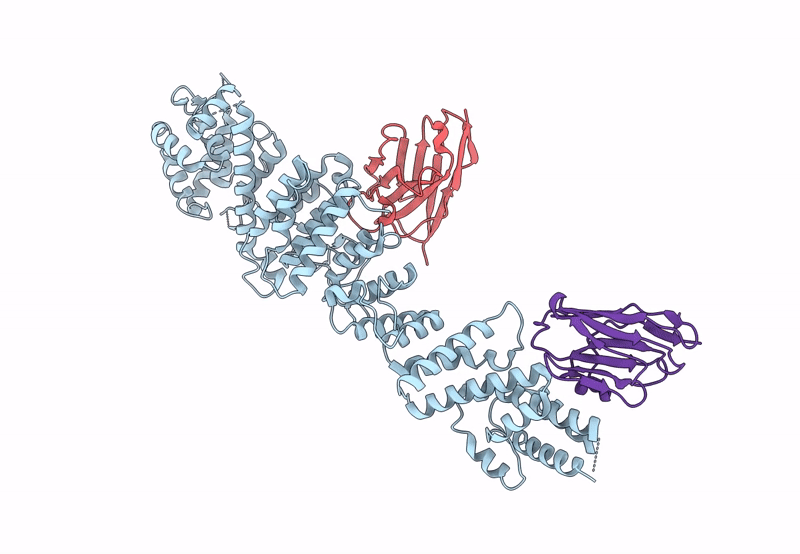
Deposition Date
2022-04-26
Release Date
2023-11-08
Last Version Date
2024-11-06
Entry Detail
Biological Source:
Source Organism:
Xenopus laevis (Taxon ID: 8355)
Vicugna pacos (Taxon ID: 30538)
Vicugna pacos (Taxon ID: 30538)
Host Organism:
Method Details:
Experimental Method:
Resolution:
4.40 Å
Aggregation State:
PARTICLE
Reconstruction Method:
SINGLE PARTICLE


